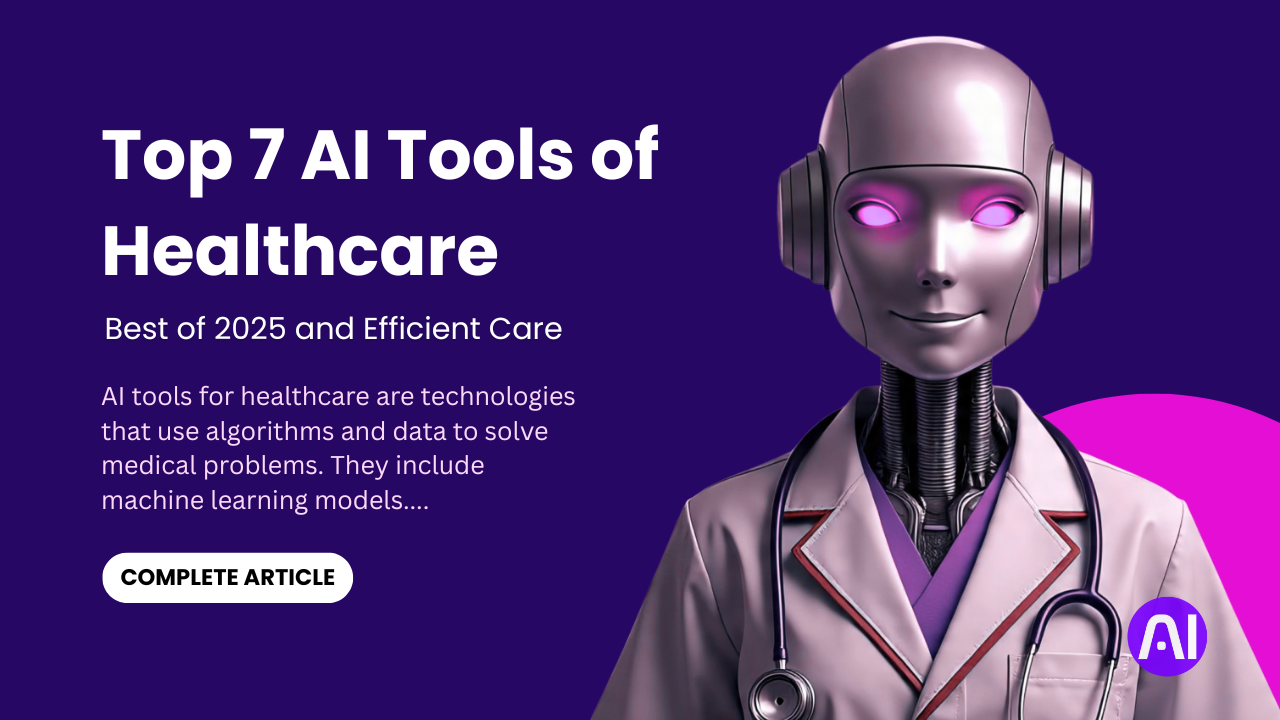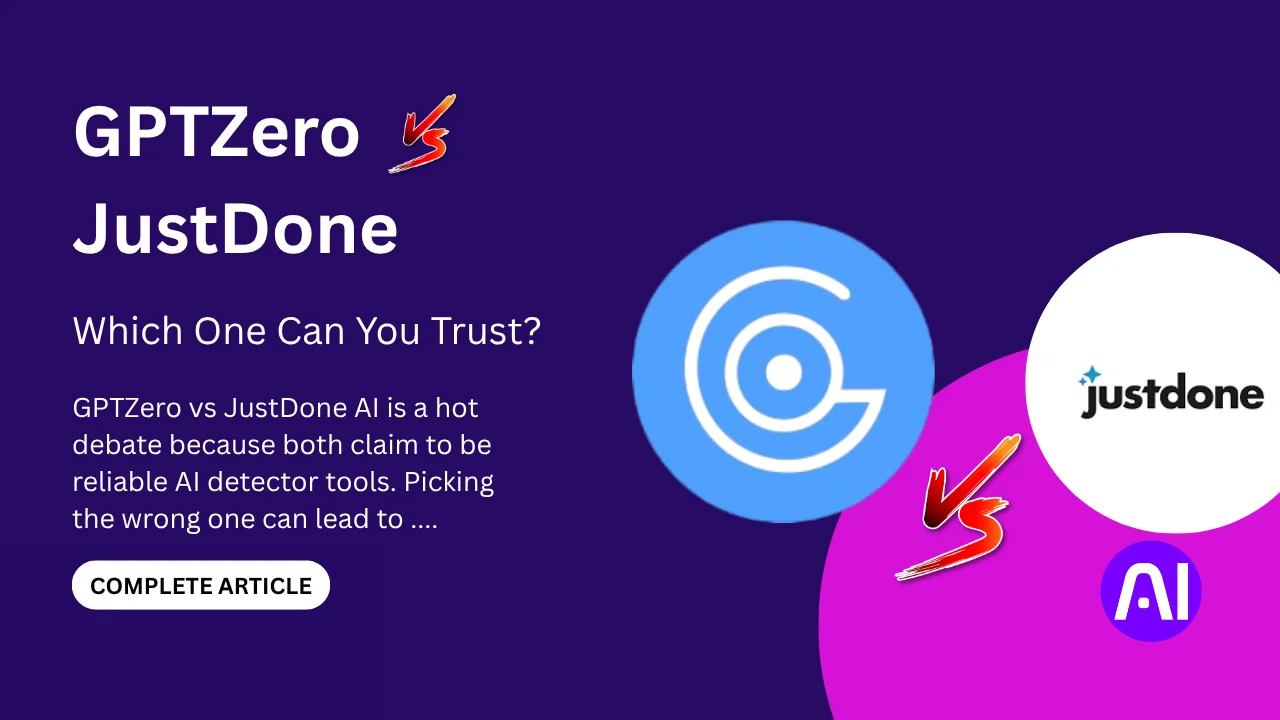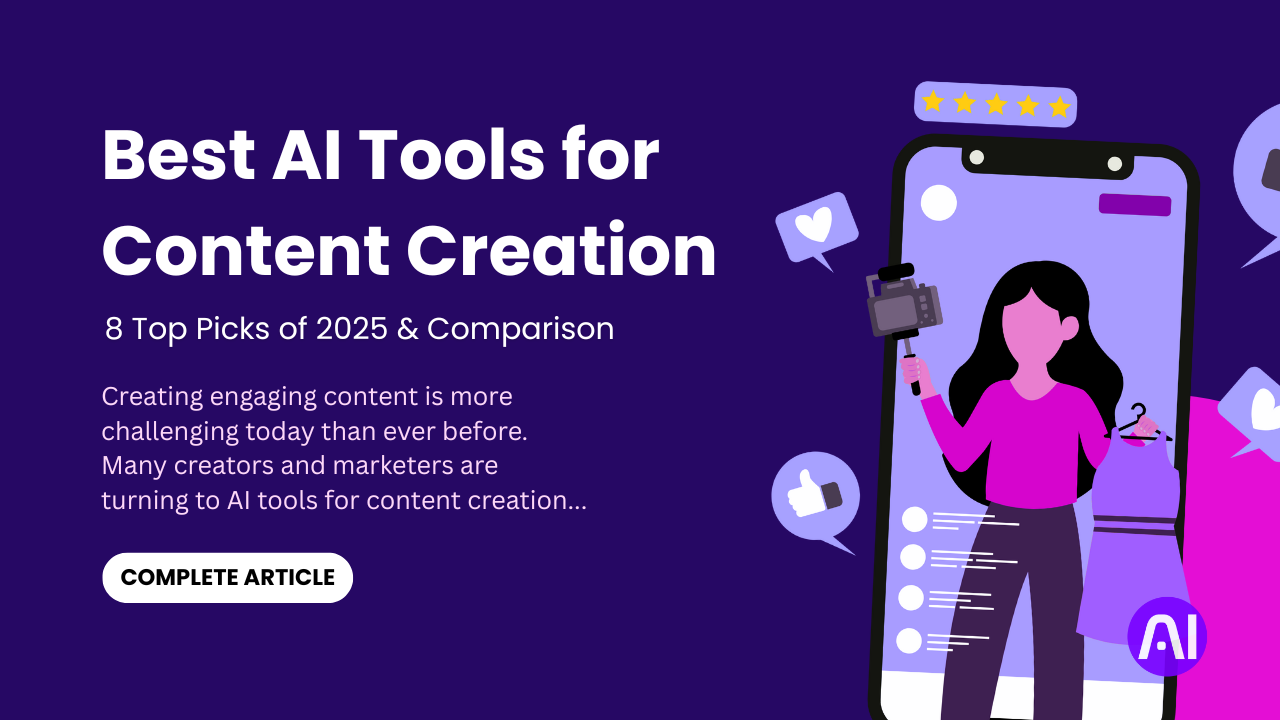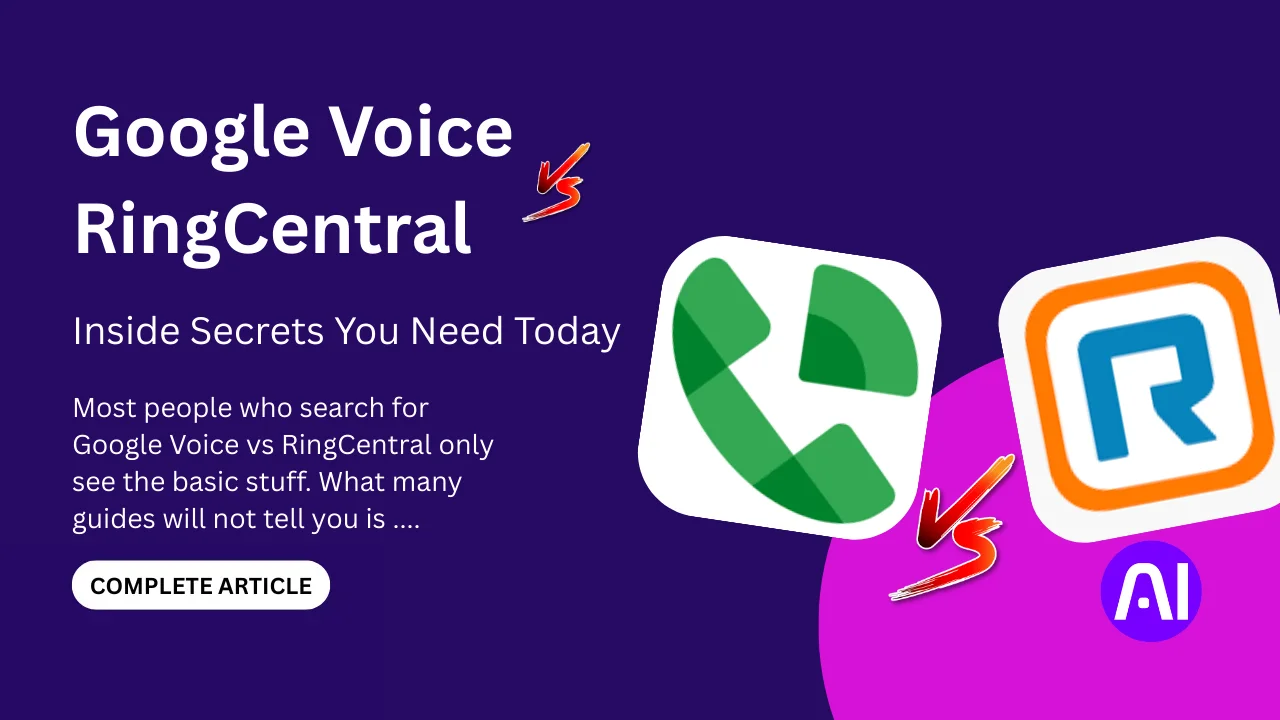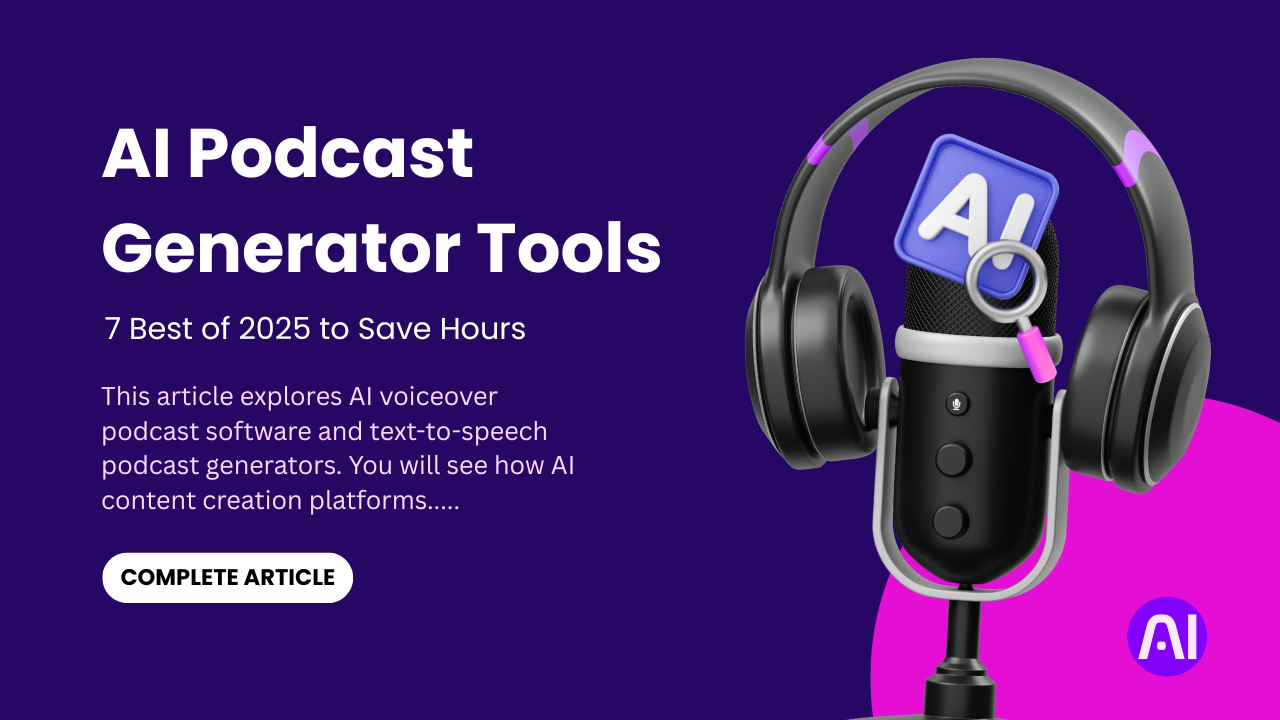More people are turning to intergenerational learning programmes to connect young minds with older wisdom. Projects like Eldera use AI to pair children with senior mentors online. According to MarketWatch, this AI-powered community model is growing fast and building real human bonds.
An intergenerational learning programme brings together older and younger people to learn from each other. This form of cross-generational education is not just about teaching. It is about sharing life experiences and building respect across age groups. It happens in homes, schools, and even online spaces.
This article will explore how these programmes help communities grow. We will also look at how AI is making intergenerational knowledge exchange more powerful. You will learn how youth and elder learning initiatives are changing the way we teach and learn. From AI tools to real-world impact, we will show how to build better futures through shared learning. Whether you’re an educator, student, or caregiver, this guide has something for you.
Benefits of Intergenerational Learning Programme for Youth & Elders
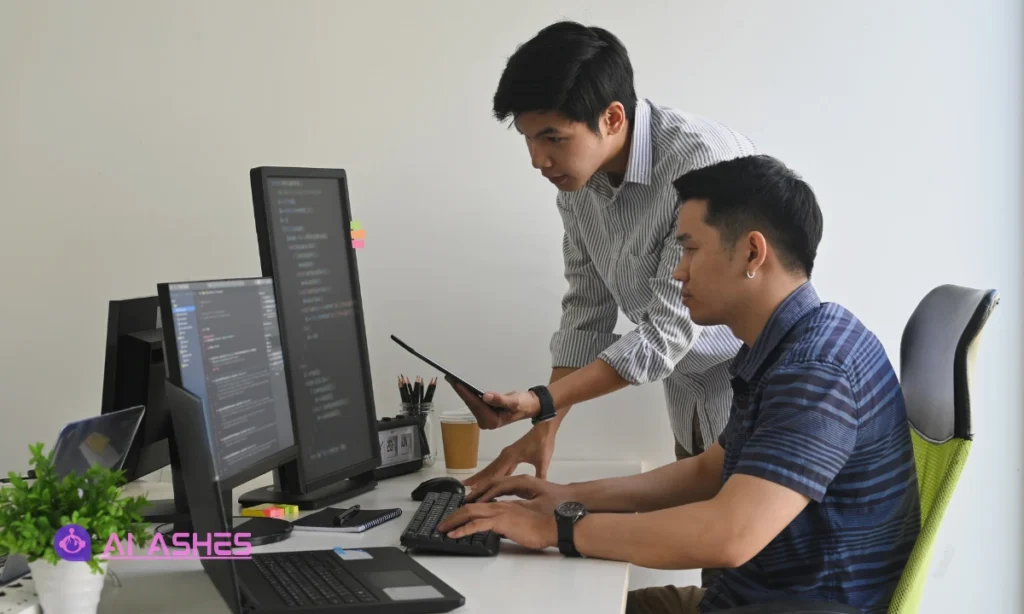
Intergenerational learning helps both young and old people grow. It is not just about education. It builds real friendships and life skills. When generations come together, they share more than knowledge. They share stories, emotions, and values that last a lifetime.
Boosts Emotional Intelligence
When kids and seniors talk and work together, they build stronger hearts and minds. Young people learn how to be kind and listen. Elders feel seen and valued. This helps both groups grow in emotional intelligence. It teaches them how to manage feelings and understand others better.
Improves Digital and Life Skills
Many seniors want to learn how to use phones, apps, or computers. At the same time, many young people want to learn patience and people skills. These community learning programs help both. A teen may teach a grandma how to use WhatsApp. The grandma may teach that teen how to cook or manage stress. This cross-generational education brings balance and deep respect.
Supports Mental and Social Health
Talking with others can make people feel better. It fights loneliness. Many seniors feel left out in today’s world. Many kids feel stressed by school and screens. In youth and elder learning initiatives, both groups find a safe space. They talk, play, and work on small tasks together. This keeps their minds active and spirits high.
Encourages Respect and Reduces Age Bias
Young people often see elders as slow or outdated. Older people may think youth are lazy or careless. These views change when they spend time together. They learn that each group has something to offer. It builds respect and breaks old ideas that divide people by age.
Smartech Mo Labs reports that AI-based intergenerational knowledge exchange is growing fast. It helps match people based on skills and needs. This means better learning and stronger bonds.
Intergenerational learning programmes are more than classes. They are bridges between hearts. They give hope, joy, and tools for life. Whether at home, in school, or online, this kind of learning helps all ages live better together.
How Intergenerational Knowledge Exchange with AI Enhances Learning

AI is changing how people of different ages learn from each other. It makes sharing easier, faster, and more personal. In intergenerational learning programmes, AI helps match the right learners and mentors. This builds strong connections that feel natural and useful.
AI Makes Learning Personal
AI can look at what a person knows and what they want to learn. Then it creates a learning path just for them. A young student may need help with patience. An elder may want to learn how to shop online. AI tools can guide both at the right pace. Global HR Community shares that this kind of smart matching makes learning more fun and less stressful for everyone.
Virtual Mentoring Builds Bridges
AI also helps connect people across cities or even countries. Apps and websites now allow virtual mentoring. A retired teacher in one city can guide a young learner from another town. AI picks the best fit by looking at interests, skills, and learning goals. According to DynDevice, this type of mentoring improves results and keeps learners engaged longer.
AI Helps Save Valuable Life Lessons
Many older adults hold deep wisdom. They have life tips that you can’t find in books. These are called tacit knowledge. AI tools now help record these stories and lessons. Kids can hear real-life advice from people who lived it. Vorecol Blogs says this kind of content helps the young gain confidence and direction.
Real Benefits of AI in Intergenerational Education
The benefits of AI in intergenerational education are many. It keeps the learning flow active, creating a smooth path for both young and old. Learners feel safe and supported throughout the process. Plus, it saves valuable time for teachers and parents alike. AI-enhanced learning exchanges build stronger bonds and reduce the digital gap between young and old.
These digital tools for intergenerational learning are not just tech upgrades. They help people feel seen, heard, and understood. With AI, we can bring people together across age, distance, and experience. That’s the real power of intergenerational knowledge exchange with AI.
Steps for Implementing Intergenerational Learning Programme with AI
Starting an intergenerational learning programme can feel big. But with clear steps and smart use of AI, it becomes simple and fun. Below is a five-step plan to help you start implementing successful intergenerational learning programs with AI.
1. Start with a Solid Plan
First, know your goal. Do you want seniors to teach life skills or tech? Or should youth help elders with digital tools? Choose a clear purpose. Pick a space or platform. It could be a school, library, or an online room. Keep your plan short and easy to follow.
2. Pair People with Care
Use AI to match learners and mentors. AI tools look at age, interests, goals, and skill levels. This makes pairing smoother. It also helps people feel more comfortable. Strong matches lead to better learning and deeper trust. This is the heart of any good inclusive learning environment.
3. Use Tech to Support the Program
Choose the right tech tools. You can use video calls, learning apps, or shared dashboards. AI can guide lessons, give tips, and track progress. A smart system helps people stay connected and active. These tech-enabled community classrooms help break age gaps and digital walls.
4. Watch and Improve
Keep checking how the program works. Ask users what they liked or what went wrong. Use AI to gather feedback. Then make changes. A flexible system grows better over time. Even small updates can improve how people learn and connect.
5. Scale What Works
Once your program runs well in one place, expand it. Try it in another school, center, or city. AI makes it easy to grow. You can copy what works and avoid past mistakes. Keep it simple and clear at every step.
This guide shows that implementing successful intergenerational learning programs with AI is possible and powerful. When done right, it brings real change. It builds bridges between ages and creates safe spaces to grow. With smart steps and the right tech, everyone wins.
Real-Life Intergenerational Learning Programmes That Work
Some programs are already showing how powerful intergenerational learning can be. These real-world examples prove that age gaps can become learning bridges. With a little tech and a lot of heart, amazing things can happen.
Eldera’s AI-Powered Video Mentoring
Eldera is a global platform that uses AI to match kids with older mentors. These mentors are often retired professionals. They meet children through secure video calls. MarketWatch and Vorecol Blogs highlight how Eldera helps build deep trust across generations. The mentors offer support, read stories, and guide children with life advice. Eldera’s smart system keeps matches strong and learning focused. It is a leading example of senior-youth knowledge collaboration.
Digital Age Project in the UK
In the UK, the Digital Age Project connects older adults in sheltered housing with local youth. They meet weekly in safe, friendly spaces. The youth teach seniors how to use phones, search the internet, and stay safe online. In return, the elders share their life stories and practical wisdom. According to Generations Working Together, this project boosts mental health and reduces social isolation. It shows how inter-age educational synergy creates purpose for all.
XR and VR to Reduce Ageism
Virtual reality is also changing the way generations see each other. One study shared on arXiv used VR to let young people experience life as an older adult. It helped them understand age-related struggles in a real and deep way. Willpex and Vorecol Blogs report that this reduced age-based bias. These tools make empathy stronger. They also help learners feel what others feel. That is powerful learning.
These case studies show that intergenerational learning programmes are not just ideas. They work. With AI, video tools, and even VR, we can bring young and old together in ways that feel real and kind. These programs build strong minds, healthy hearts, and connected communities.
Overcoming Challenges in Cross-Generational Education
Cross-generational education brings many rewards, but it also comes with a few roadblocks. These challenges can be solved with care, planning, and the right tools. Let’s look at the most common ones and how to fix them.
Tech Discomfort
Some older adults feel nervous using new tech. They worry about pressing the wrong button or breaking something. Young people, on the other hand, are often fast and tech-savvy. This gap can lead to frustration on both sides.
Solution: Use simple tools with large text and clear buttons. Offer short practice sessions before starting. Let older adults go at their own pace. As Willpex and eLearning Industry suggest, making tech feel safe builds confidence and trust.
Data Privacy Concerns
Using AI and online tools means collecting data. Some users, especially elders, may fear their info will be misused. This can create stress or make them avoid the program.
Solution: Be open about how data is used and protected. Follow clear privacy rules. Let people know their information is safe. Platforms like Eldera and apps shared by Vorecol Blogs and Global HR Community stress the need for trust in tech-based learning.
Age Stereotypes
People often hold false beliefs about other age groups. Some think elders cannot learn. Others feel youth are lazy or too distracted. These ideas create walls.
Solution: Break these walls with shared goals. Use group tasks where both sides depend on each other. Let them see each other’s strengths. WordPress and eLearning Industry call this de-siloing generations, and it works.
Keep the Multigenerational Spark Alive
Programs must stay fun, fair, and useful for both sides. Keep asking for feedback and making small changes. This is key for multigenerational education innovation. When both youth and elders feel valued, learning flows.
Cross-generational education is more than teaching. It is a way to grow minds and hearts across time. With care and smart planning, any school or group can overcome these small bumps and build something strong and lasting.
Tracking Success of Your Intergenerational Learning Programme
A good intergenerational learning programme is more than just meetings and lessons. It should bring real change to people’s lives. To know if it works, we must track clear signs. These signs show what is working and what needs to improve.
Engagement Levels
First, look at how often people show up and take part. Are the elders attending weekly calls? Are the youth active in their tasks? High attendance and regular activity mean the program is strong. If numbers drop, check why. Maybe the tech is too hard or the content feels boring. Fixing small things keeps energy high.
Well‑Being and Social Impact
Feeling happy and connected is just as important as learning facts. Many older adults feel less lonely after joining these programs. Kids feel more confident and calm. These are part of the social impact of cross-generational learning. Ask simple questions. Do you feel better since joining? Do you feel less alone? These answers show deep value.
Studies also show that elders in these programs often have better memory and mood. These cognitive benefits in adults are strong proof that shared learning works. It helps keep their brains active and sharp.
Skill Gains and Growth
Measure what people learn. Did a senior learn how to send an email? Did a teen learn how to speak with respect and care? These are real wins. Use short surveys or short skill tests. Keep it light and easy. Over time, you will see how both age groups grow.
Building Lifelong Learning Ecosystems
A strong program does not stop when the class ends. It becomes part of a larger system. It leads to new friendships, shared projects, or more local programs. This is the start of lifelong learning ecosystems. It means the learning continues at home, in schools, and in the community.
Success is not just in numbers. It is in the smiles, the stories, and the skills. With the right tracking tools, any group can see how powerful intergenerational learning programmes truly are.
Tailoring Your Program for Beginners vs Experienced Educators
Starting or growing an intergenerational learning programme depends on where you are. Some people are just beginning. Others have years of teaching or tech experience. No matter your level, you can create real impact with the right tools and steps.
For Beginners: Keep It Simple and Personal
If you are new, start with small community meetups. Choose a local space like a school, library, or center. Invite a few seniors and teens. Keep the sessions short. Focus on fun topics like cooking, basic tech, or storytelling. Use paper notes, friendly games, and face-to-face talks.
Start with one session each week. Let everyone share what they know. Use notebooks instead of complex tools. This slow pace builds comfort and trust. Over time, add more activities. Follow intergenerational workshop ideas found in your local networks or free guides online.
For Pros: Use Advanced AI Tools
If you are an experienced educator or already run programs, take things further. Use AI-driven modules to match people by skill, interest, or even learning pace. Add video learning, chatbots, or feedback tools. Let learners track their progress and set goals.
Try pairing youth mentors with older learners in tech-based roles. This supports reverse mentoring best practices. Let teens teach apps while elders teach life skills. Use data from your platform to spot trends and improve results. Add virtual sessions to reach more people across cities or countries.
Combine Heart with Planning
No matter your level, planning matters. Mix old and new ideas. Blend human warmth with smart tech. Keep the core goal clear: people helping people across generations. Build from that base.
Cross-generational education works best when both sides feel valued. Whether through storytelling, skill-sharing, or digital tools, every moment adds value. Begin small or scale big, but always plan with care. A well-tailored program creates learning that lasts a lifetime.
Real-World Case Studies: Intergenerational Learning That Works
These real-life stories show how intergenerational learning programmes help both young and old. With a little planning and the right tools, people of all ages can grow, connect, and thrive together. From AI-based mentoring to in-person digital help, these examples prove that shared learning is powerful and possible for every community.
Case Study 1: Eldera’s AI Mentoring
User: Seniors over 60 and youth aged 5-18 on Eldera. AI matches pairs.
Challenge: Seniors felt lonely in the pandemic. Kids lacked mentors.
Solution: Eldera used AI to pair mentors and mentees. They met weekly by video call. Many built strong bonds.
Takeaway: AI pairing boosted friendship and purpose. Kids gained guidance. Seniors felt valued and socially active.
Case Study 2: Digital Age Project (UK)
User: Older adults in sheltered housing + school pupils aged 8-18 in Northern Ireland.
Challenge: Seniors had low digital skills and felt isolated.
Solution: Teens taught seniors using IT courses and intergenerational sessions led by Linking Generations NI.
Takeaway: Seniors felt more connected and able to use tech. Teens gained confidence and communication skills.
Case Study 3: Roar Do Digital – Scotland
User: High school students and older adults in Renfrewshire, Scotland.
Challenge: Seniors lacked basic digital abilities. Young people and elders lived apart.
Solution: Students taught internet safety and device use. Elders shared life stories.
Takeaway: Both groups built new friendships. Seniors learned tech. Teens learned respect and communication.
These real-life examples show that cross-generational education can work with both simple meetups and AI tools. They show how community learning programs and youth and elder learning initiatives can change lives. Young and old learn, grow, and connect.
Conclusion
An intergenerational learning programme has the power to transform lives. By bringing young and old together, it encourages the sharing of skills, stories, and strength. This exchange builds trust, fosters respect, and supports lifelong growth. As a result, richer human bonds form within truly inclusive learning environments.
Ready to take the next step? Start a small pilot in your community. Try simple meetups or test AI tools that help match mentors and learners. Partner with schools, libraries, or senior centers. Track how it boosts engagement and well‑being. Build on successes and expand slowly.
Stay updated on AI trends! For more expert tips and the latest breakthroughs, follow AI Ashes Blog. Dive deeper into machine learning, data science, and cutting‑edge AI research.
Check out their piece on How Intelligent Software Solutions Rapidly Boost Efficiency to see how AI can power your programme: checkout AI Aggregates: The Game‑Changing Secret No One Talks About.
Together, we can create lifelong learning ecosystems where every age matters. Let’s champion cross-generational education and take action today.
FAQs
Q1: What is an intergenerational learning programme?
An intergenerational learning programme is when people of different ages, like kids and elders, meet to learn from each other. It can happen in schools, homes, or online. This builds skills, stories, and respect across ages.
Q2: How does cross-generational education work?
In cross-generational education young and old share their skills. Teens help seniors with tech. Elders teach life lessons. They meet in friendly spaces and learn together. This helps both groups grow.
Q3: How does AI improve intergenerational knowledge exchange with AI?
AI matches learners based on what they need and enjoy. It sets goals, offers tips, and tracks progress. It makes learning feel personal and fun, so everyone stays connected and engaged.
Q4: What benefits of AI in intergenerational education are there?
AI boosts learning by tailoring lessons to each person’s needs. This personalized approach builds trust between mentors and learners. By bridging the age gap, it helps both feel seen and heard. Teachers and leaders also benefit, as it saves time and simplifies planning.
Q5: How can I start implementing successful intergenerational learning programs with AI?
Begin with clear goals. Use AI tools to pair mentors and learners. Add simple tech like video chats. Ask people how they feel. Then grow from one group to more over time.
Q6: Are community learning programs effective for both youth and elders?
Yes. Community learning programs bring people closer. Teens learn patience. Elders learn digital skills. Both make friends. It fights loneliness and builds vibrant local ties.
Q7: What makes youth and elder learning initiatives successful?
Success comes from shared respect and real tasks. Let both groups speak and teach. Keep sessions fun and simple. Use tech only as a helper, not a barrier.
Q8: What are common challenges in cross-generational education?
Challenges include tech fear, privacy worries, and age bias. You can help by using easy tools, explaining privacy, and letting both groups teach each other.
Q9: How do I track success in intergenerational learning programmes?
Look at data like how often people join, if they feel happier, and what new skills they learn. Simple surveys and tests help to see real change in minds and hearts.
Q10: Why is inter-age educational synergy important?
Inter-age educational synergy means working together across ages. It makes learning active and caring. It creates lifelong bonds and strong community roots. This helps build learning that lasts for years.


